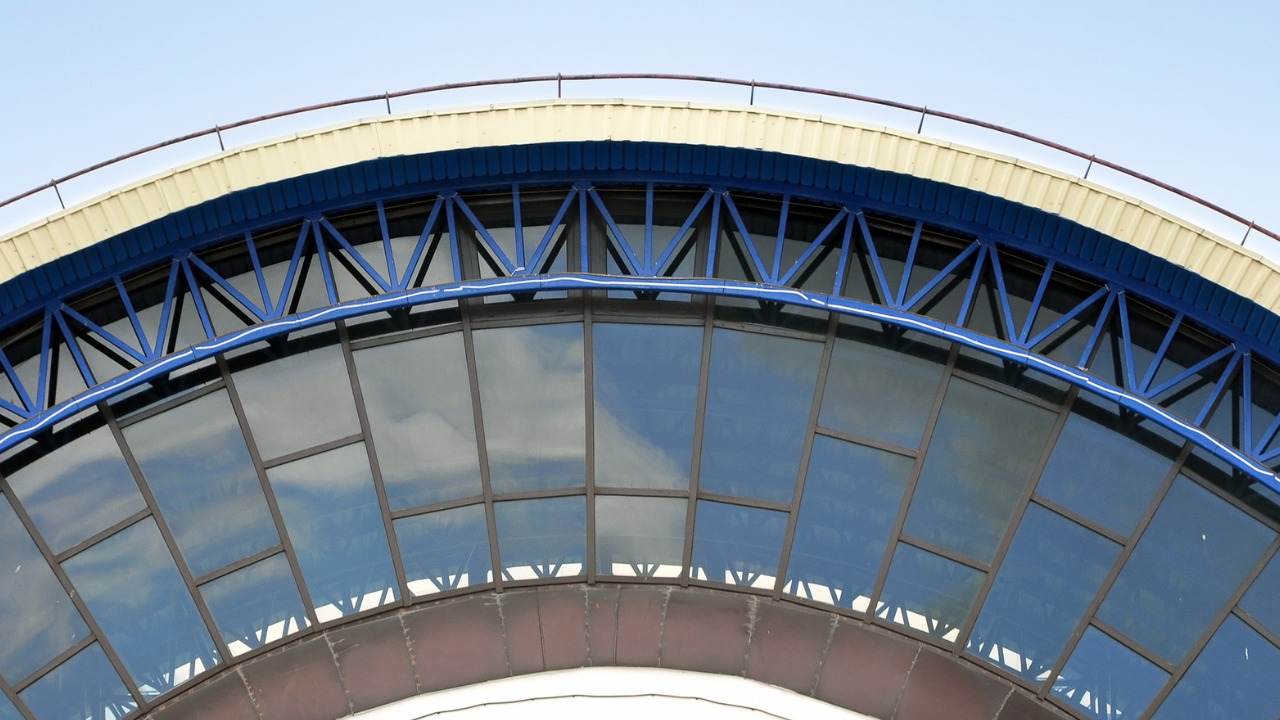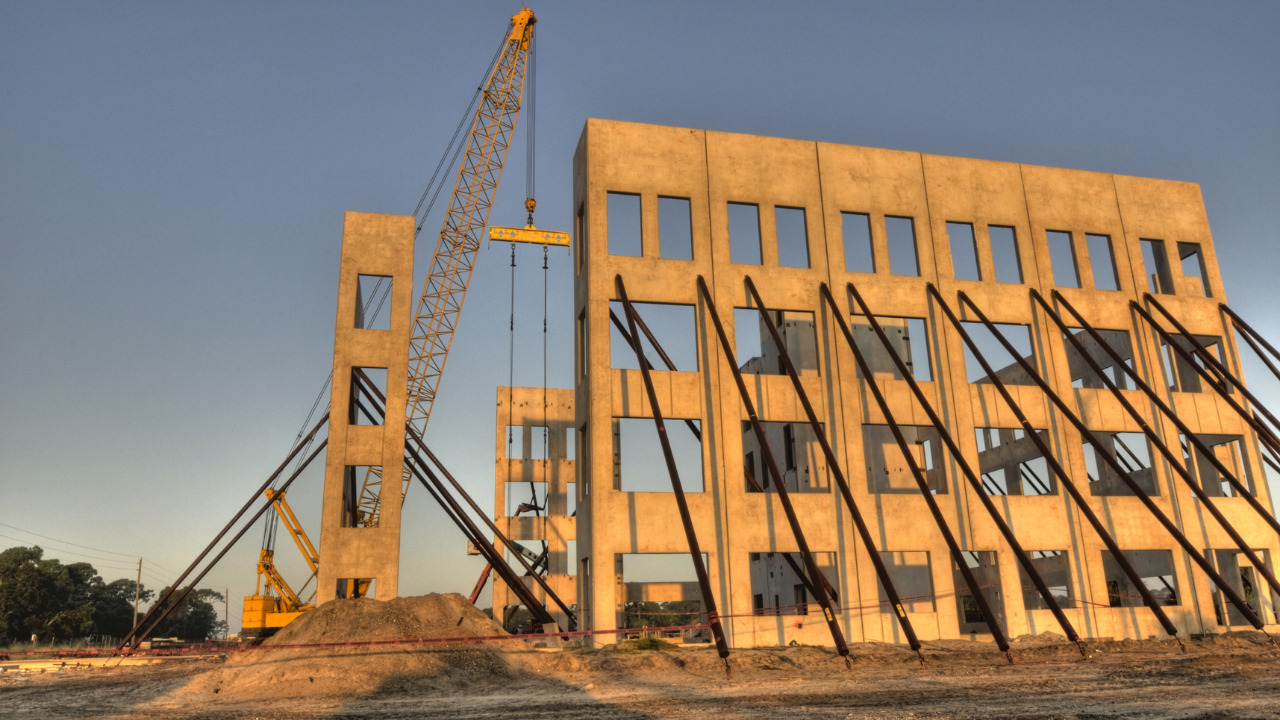A truss is a triangle-shaped structure of vertical structural members connected in a straight line. Trusses are most frequently used in structures where it is easy to give support for the roofs, floors, and interior loads like services and suspended ceilings.
Trusses are a reliable, widely used, and affordable solution when building different types of constructions. The article discusses design concerns, describes several truss forms, and explains when and why each form might be useful.
The diameter affects a circle’s number of segments. The diameter of the circle and the longest tube we can bend impact how many components there are in a circle—every curved section of a series of circles and curved trusses, in different diameters and degrees. Each curve’s number will vary depending on the longest possible segment length.
Table of Contents
What Is The Basic Usage Of Trusses?
Many different types of buildings use trusses, typically when very long spans are necessary. Additionally, trusses are sometimes utilized as transfer structures to support enormous loads. A structural innovation called trusses aids evenly distributing the roof’s weight to the outside walls.
For a roof to be securely supported, trusses are required. The shape of a truss is triangular or made up of several triangles. This form provides stability and is cost-effective because it requires fewer resources to achieve the same output.
Trusses’ key benefit is that they are simple, quick, and inexpensive to build. They also don’t need much heavy, expensive equipment or elaborate setup to work well. Typically, trusses are created at a factory and shipped as a full set to the construction site, where the structure is then constructed.
Trusses are frequently leaned against the top of the wall, slid into place, rotated upright, and then fastened into place.
Types Of Trusses
K Truss
The Pratt Truss is a little bit more intricate than the K Truss. Its primary distinction is the shortening of the vertical members, which increases its resistance to buckling. Although it is not frequently used, it is a sturdy design and shares some advantages and disadvantages with the Pratt Truss.
One of its key drawbacks is that the members occasionally act in ways that aren’t expected. Depending on the load circumstance, a member may be in compression or tension.
Fink Truss
The Fink truss contains web members that repeat the V-pattern multiple times in its simplest configuration. The V pattern gets considerably smaller as the top chords slope down from the center. Fink trusses can transmit loads to the support very well since they rely more on diagonal members.
The Double Fink and Fan truss types are derivatives of the Fink truss. Fink trusses that repeat the design twice on either side are known as double Fink trusses. A double fink would resemble a double-W if a double-V represents the simplest Fink truss.
Spread trusses are essentially Fink trusses with additional vertical members that have their web members fan out from the joints at the bottom.
Pratt Truss
The diagonal elements are in tension, while the vertical members are compressed. As a result, the design may be made more easily and efficiently by using less steel for the diagonal members. This truss style is most suitable when the stress is primarily vertical, as it is for horizontal spans.
Warren Truss
Another highly well-liked truss structural system is the Warren Truss, which is recognized for using equilateral triangles in its construction. The capacity of a Warren Truss to distribute the weight fairly among several distinct members is one of its key benefits; this is typically the case when the structure is supporting a stretched load.
When subjected to a point load, the truss structure will experience a concentrated force, both its main benefit and downside. The structure is less effective in distributing the load among its members in these concentrated load circumstances.
Since spanned loads are more advantageous, the Warren truss type is inappropriate for situations where the weight is concentrated at a single point or node.
Howe Truss
The geometry of Howe trusses is essentially the inverse of Pratt trusses. If you turn a Pratt truss upside down, you’ll see something resembling a Howe truss. Despite the diagonal braces taking up the opposing or vacant joints, the overall structure is still essentially the same.
This change in the diagonal elements’ position has a significant structural impact. Due to the structural similarity of Pratt and Howe trusses, their applications are often comparable. The lower chord joints of the truss can be loaded to increase the truss’s efficiency. For instance, ceiling loads can be placed on roof trusses.
Advantages Of 30 Circle Truss And Other Types
Trusses can span wider gaps because of their triangular design. Consequently, they are very practical. Triangular roofs maintain their shape and resist shifts and sags, unlike square-sided roofs, which frequently lose shape due to shifting or twisting.
A roof can sustain substantially more weight than a roof without trusses because a combined system of trusses is stable and sturdy. Due to problems with weight distribution, this prolongs the lifespan of roofs and necessitates fewer repairs.
Bottom Line
Trusses support the weight of the roof thanks to their triangular design. Trusses are used to redistribute the weight from the sides down and away from the center. The outside walls can then sustain the weight of the roof, which is advantageous for the interior walls.
Because they are not required to bear the entire weight of the roof, the inner walls can be constructed and altered, moved to accommodate various requirements and preferences, or even completely disregarded.





